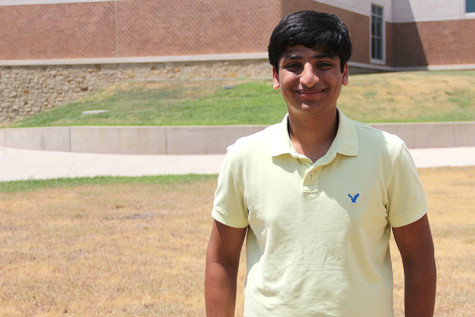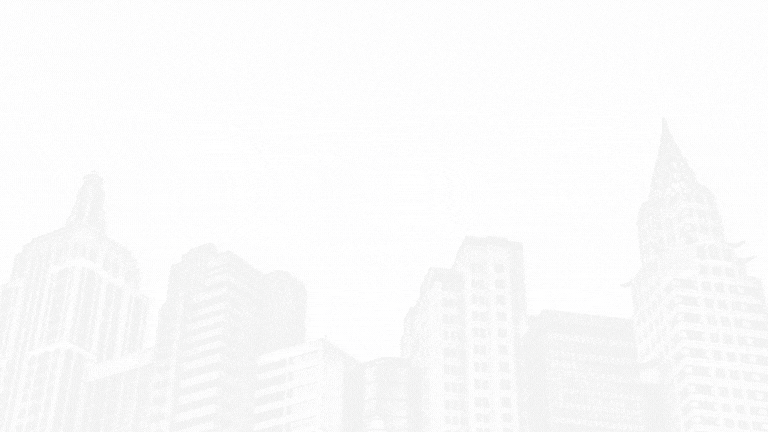Seven days in Peru
January 8, 2016
Although it’s been nearly two weeks since my trip, the memories of Peru still evoke strong imagery within me — from the dense, sprawling cityscape of its coastal capital Lima, to the rolling valleys of the Andean interior, it’s a diverse, vibrant place, with much to see and do. After a week in Peru, I still felt like there was more of the country to experience. That being said, I did have the privilege of seeing most of the highlights and seven days is plenty for the on-the-move sort of tourism that’s required for a place like Peru.
Soon, after arriving in Lima, I found that a guide who spoke both English and Spanish would be practically indispensable for someone who couldn’t speak the language themselves. Just getting a cab to our hotel was a trial for my family, and we had to use what my mother remembered from her time learning Spanish to get us to where we needed to go. Thankfully, we were booked with Gate 1, a travel company that provided us with a guide, accommodations, flight tickets and transportation. I can’t recommend travelling in a group like this enough — not only does the luxury of having a guide allow you to learn more about local culture, you also get to meet great people and make friends along the way of your journey.
I soon found that Lima was an incredibly big and incredibly diverse city. On the whopping five hour journey it takes to get from one side of this enormous city to the other, there are 43 different districts to drive through — each with their own mayor and administration, who oversee various affairs within the districts. While this creates a government with representation on the lowest level, it also creates vast inequality, something that was apparent to me when we took a bus drive through the city. Leaving from the affluent, tourist-packed, beachfront municipality of Miraflores, where the price to own an apartment can reach half a million dollars, we headed towards the downtown of the city. Every time we entered a new district, the surroundings changed. High rises became middle-class housing, then suddenly became tenements.
While Lima may have its problems, as all big, developing cities do, it is also bursting with culture. Every part of the city has its own sort of character. For example, Barranco, the district next to where we were staying, is well-known for its Bohemian community. Moreover, there are plenty of beautiful public parks in every municipality that ensured that I was never bored during my time in Lima. Regarded as a “Mecca of Gastronomy” by the Economist, there’s also plenty to eat in Lima and plenty of it is good, too. While in Lima, I tried some traditional favorites: Lomo Saltado (sauteed beef, vegetables and rice) and ceviche (a seafood medley cook in lemon juice). While I found the Lomo Saltado to be delectable (and a safe choice at most restaurants), I found that ceviche was usually a hit or miss: either fantastic or just average. If anything, my only real complaint about my stay in Lima was that there’s too much to do in just two days.
From there, we took a one and a half hour flight to Cusco, where things became a little rough. Nestled in a valley in the Andes, Cusco is located at 11,000 feet above sea level and thus it’s quite simply harder to breathe at such an altitude. Although there was much to see in Cusco, from the Cathedral in its Central Plaza De Armas to the Inca ruins of Sacsayhuaman, many on the tour were feeling ill – including myself. While I was lucky enough to just experience a slight headache and fatigue, others were much worse off, to say the least, and one even fainted. By the next morning, however, I felt fine and my body had acclimatized to the atmosphere. My advice for travelers to Cusco? If you’re going to be there a short while (one or two days), take altitude sickness medication beforehand and if you’re not comfortable with that, take it slow and easy so that you don’t wear yourself out. I personally did not take any medications and felt the ramifications, however my mother did and felt fine throughout our time there.
One more piece of advice for Cusco – do the bulk of your shopping there, if possible. It’s easier to bargain for souvenirs and clothing (such as alpaca wool clothing) in Cusco, as compared to Lima and there’s many more places to go to. If you don’t get a chance, don’t sweat it — Machu Picchu, a must see in Peru, has a multitude of shops located at its base with similar prices. On our second morning in Cusco, we left for a two hour bus ride to Ollantaytambo, a small town in the Andean mountainside that houses the PeruRail station that takes visitors to see Machu Picchu. The train ride itself is absolutely lovely. For two hours, you’re immersed in the views of the Andes, and the rolling river that runs alongside the Inca Trail to Macchu Picchu. Along the way, I managed to catch sight of the famous Inca terraces, and quite a few ruins that are tucked away in the mountains. After exiting the train, we came to the highlight of the trip – Aguas Calientes ( the city below Macchu Picchu) and of course the Wonder of the World itself.
Our morning on Machu Picchu was magical. Located at 8,000 feet above sea level, Machu Picchu just breaks cloud cover — and that morning, it rained, covering its grassy slopes with a fine morning dew and obscuring its peaks in rolling fog. Every five minutes, as the fog rolled in and out, the view changed. By midday, the clouds had cleared, the rain had left and heavy sunshine illuminated the entire site. It was truly a once in a lifetime experience, and worth a trip all on its own.
While in Cusco and Machu Picchu, there was one more experience to be had — Andean cuisine. For Christmas lunch, I enjoyed cuy, guinea pig and for Christmas dinner I had an alpaca steak. Oddly enough guinea pig tastes much like chicken, and alpaca much like pork. While I thoroughly enjoyed the guinea pig, I felt that the alpaca was a little bland. Still, though, it was an interesting experience and I’m glad I tried it. From there, our time in Peru drew to a close. We made a flight back to Lima from Cusco and then caught a red-eye home. I don’t think I’ll ever forget my time in Peru, and if you ever get the opportunity to go, take it.






